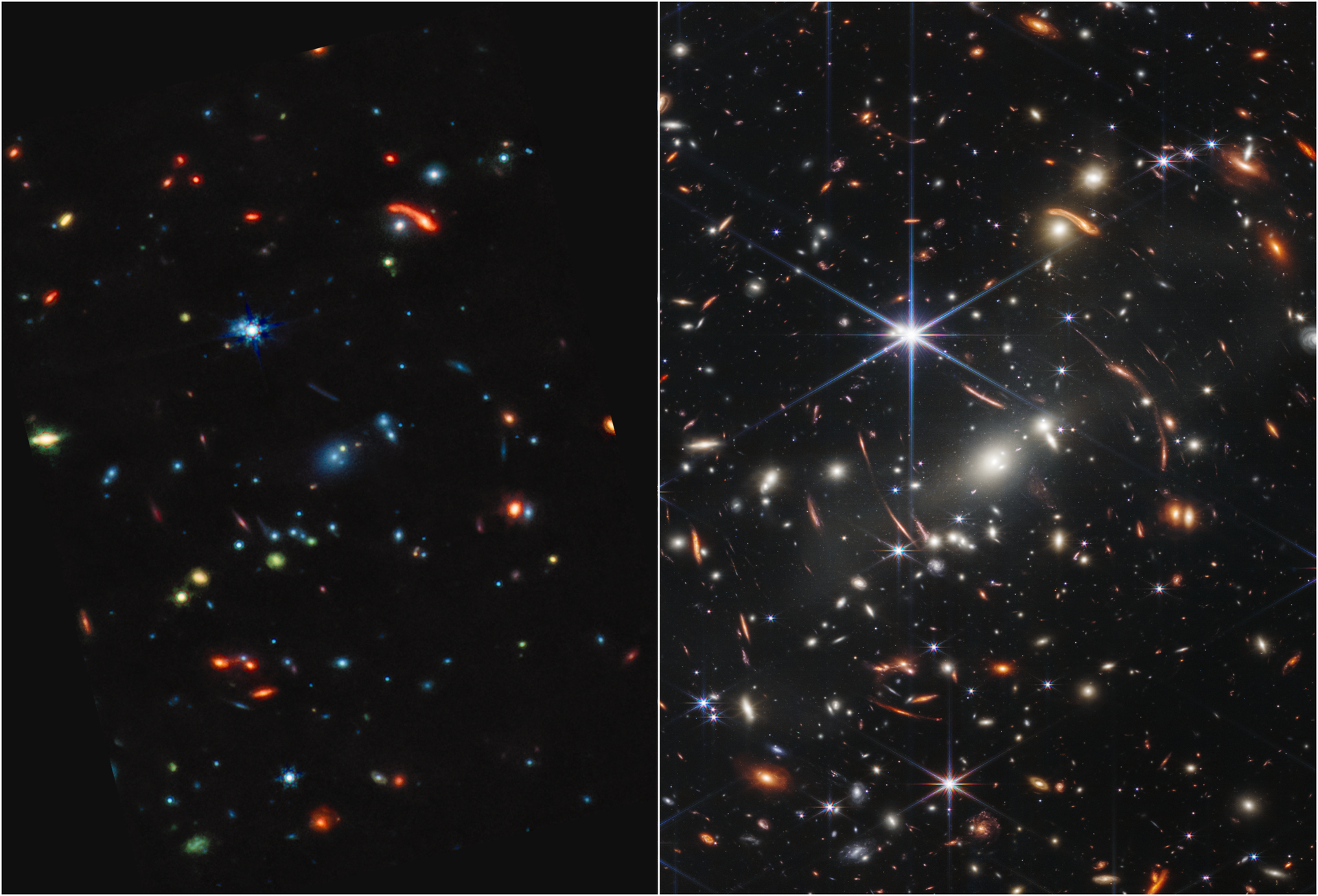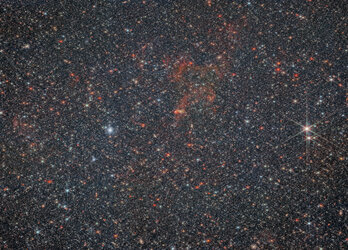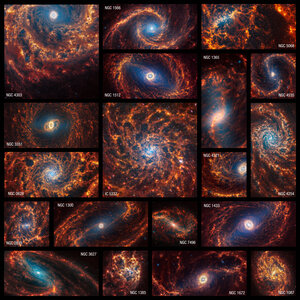Accept all cookies Accept only essential cookies See our Cookie Notice

About ESA
The European Space Agency (ESA) is Europe’s gateway to space. Its mission is to shape the development of Europe’s space capability and ensure that investment in space continues to deliver benefits to the citizens of Europe and the world.
Highlights
ESA - United space in Europe
This is ESA ESA facts Member States & Cooperating States Funding Director General Top management For Member State Delegations European vision European Space Policy ESA & EU Space Councils Responsibility & Sustainability Annual Report Calendar of meetings Corporate newsEstablishments & sites
ESA Headquarters ESA ESTEC ESA ESOC ESA ESRIN ESA EAC ESA ESAC Europe's Spaceport ESA ESEC ESA ECSAT Brussels Office Washington OfficeWorking with ESA
Business with ESA ESA Commercialisation Gateway Law at ESA Careers Cyber resilience at ESA IT at ESA Newsroom Partnerships Merchandising Licence Education Open Space Innovation Platform Integrity and Reporting Administrative Tribunal Health and SafetyMore about ESA
History ESA Historical Archives Exhibitions Publications Art & Culture ESA Merchandise Kids Diversity ESA Brand Centre ESA ChampionsLatest
Space in Member States
Find out more about space activities in our 23 Member States, and understand how ESA works together with their national agencies, institutions and organisations.
Science & Exploration
Exploring our Solar System and unlocking the secrets of the Universe
Go to topicAstronauts
Missions
Juice Euclid Webb Solar Orbiter BepiColombo Gaia ExoMars Cheops Exoplanet missions More missionsActivities
International Space Station Orion service module Gateway Concordia Caves & Pangaea BenefitsLatest
Space Safety
Protecting life and infrastructure on Earth and in orbit
Go to topicAsteroids
Asteroids and Planetary Defence Asteroid danger explained Flyeye telescope: asteroid detection Hera mission: asteroid deflection Near-Earth Object Coordination CentreSpace junk
About space debris Space debris by the numbers Space Environment Report In space refuelling, refurbishing and removingSafety from space
Clean Space ecodesign Zero Debris Technologies Space for Earth Supporting Sustainable DevelopmentApplications
Using space to benefit citizens and meet future challenges on Earth
Go to topicObserving the Earth
Observing the Earth Future EO Copernicus Meteorology Space for our climate Satellite missionsCommercialisation
ESA Commercialisation Gateway Open Space Innovation Platform Business Incubation ESA Space SolutionsLatest
Enabling & Support
Making space accessible and developing the technologies for the future
Go to topicBuilding missions
Space Engineering and Technology Test centre Laboratories Concurrent Design Facility Preparing for the future Shaping the Future Discovery and Preparation Advanced Concepts TeamSpace transportation
Space Transportation Ariane Vega Space Rider Future space transportation Boost! Europe's Spaceport Launches from Europe's Spaceport from 2012Latest

Webb’s first deep field (MIRI and NIRCam)
Thank you for liking
You have already liked this page, you can only like it once!
Galaxy cluster SMACS 0723 is a technicolour landscape when viewed in mid-infrared light by the NASA/ESA/CSA James Webb Space Telescope. Compared to Webb’s near-infrared image at right, the galaxies and stars are awash in new colours.
Start by comparing the largest bright blue star. At right, it has very long diffraction spikes, but in mid-infrared at left, its smaller points appear more like a snowflake’s. Find more stars by looking for these telltale – if tiny – spikes. Stars also appear yellow, sometimes with green diffraction spikes.
If an object is blue and lacks spikes, it’s a galaxy. These galaxies contain stars, but very little dust. This means that their stars are older – there is less gas and dust available to condense to form new stars. It also means their stars are aging.
The red objects in this field are enshrouded in thick layers of dust, and may very well be distant galaxies. Some may be stars, but research is needed to fully identify each object in the mid-infrared image.
The prominent arcs at the centre of the galaxy cluster, which are galaxies that are stretched and magnified by gravitational lensing, appear blue in the Mid-Infrared Instrument (MIRI) image at left and orange in the Near-Infrared Camera (NIRCam) image at right. These galaxies are older and have much less dust.
Galaxies’ sizes in both images offer clues as to how distant they may be – the smaller the object, the more distant it is. In mid-infrared light, galaxies that are closer appear whiter.
Among this kaleidoscope of colours in the MIRI image, green is the most tantalizing. Green indicates a galaxy’s dust includes a mix of hydrocarbons and other chemical compounds.
The differences in Webb’s images are owed to the technical capabilities of the MIRI and NIRCam instruments. MIRI captures mid-infrared light, which highlights where the dust is. Dust is a major ingredient for star formation. Stars are brighter at shorter wavelengths, which is why they appear with prominent diffraction spikes in the NIRCam image.
With Webb’s mid-infrared data, researchers will soon be able to add much more precise calculations of dust quantities in stars and galaxies to their models, and begin to more clearly understand how galaxies at any distance form and change over time.
NIRCam was built by a team at the University of Arizona and Lockheed Martin’s Advanced Technology Center.
MIRI was contributed by ESA and NASA, with the instrument designed and built by a consortium of nationally funded European Institutes (The MIRI European Consortium) in partnership with JPL and the University of Arizona.
-
CREDIT
NASA, ESA, CSA, and STScI -
LICENCE
ESA Standard Licence

NIRCam’s view of NGC 6822

Wolf-Rayet 124 (NIRCam and MIRI composite image)

Cartwheel Galaxy (NIRCam and MIRI)

Stephan’s Quintet – NIRCam and MIRI imaging















 Germany
Germany
 Austria
Austria
 Belgium
Belgium
 Denmark
Denmark
 Spain
Spain
 Estonia
Estonia
 Finland
Finland
 France
France
 Greece
Greece
 Hungary
Hungary
 Ireland
Ireland
 Italy
Italy
 Luxembourg
Luxembourg
 Norway
Norway
 The Netherlands
The Netherlands
 Poland
Poland
 Portugal
Portugal
 Czechia
Czechia
 Romania
Romania
 United Kingdom
United Kingdom
 Slovenia
Slovenia
 Sweden
Sweden
 Switzerland
Switzerland

























